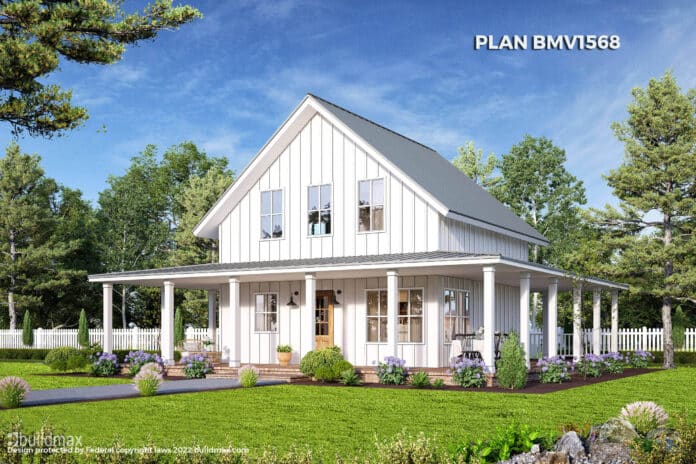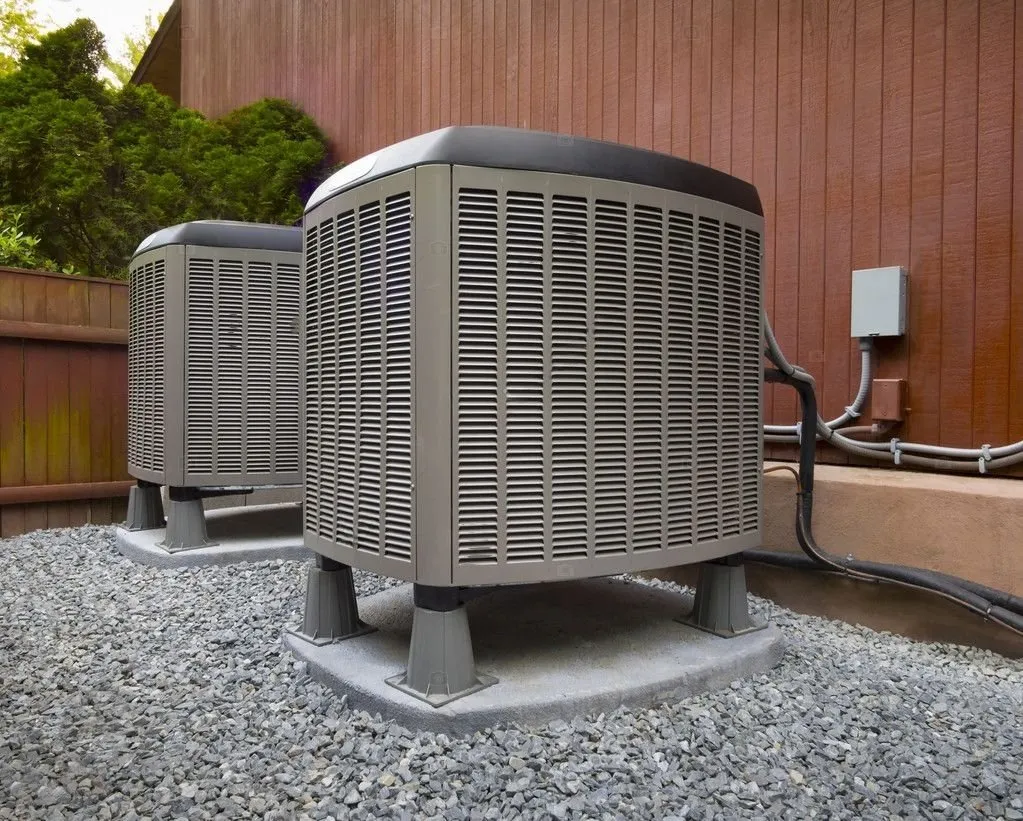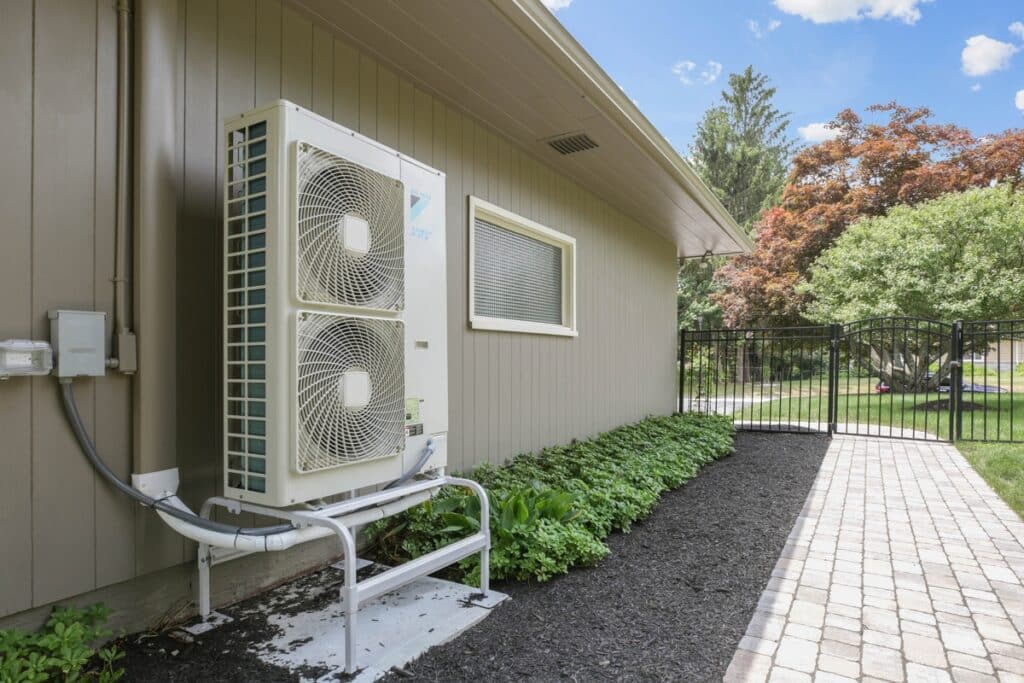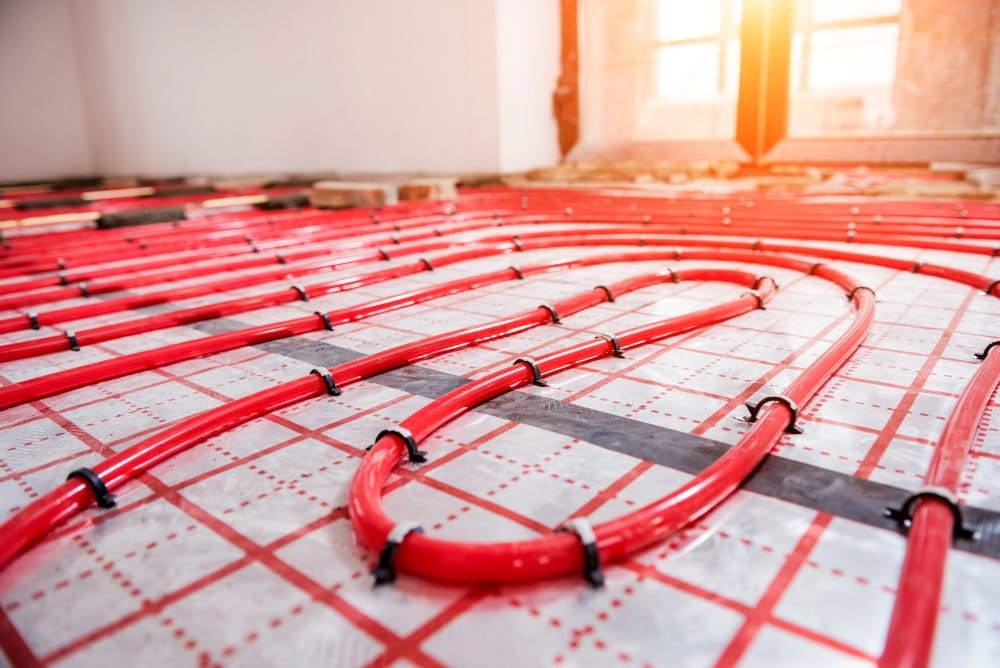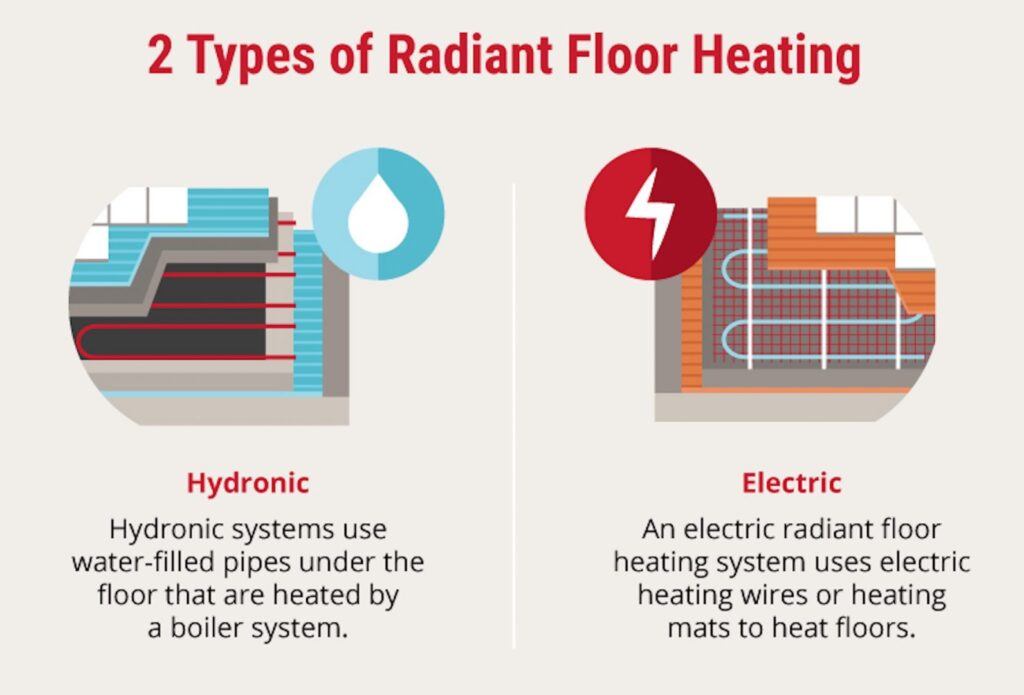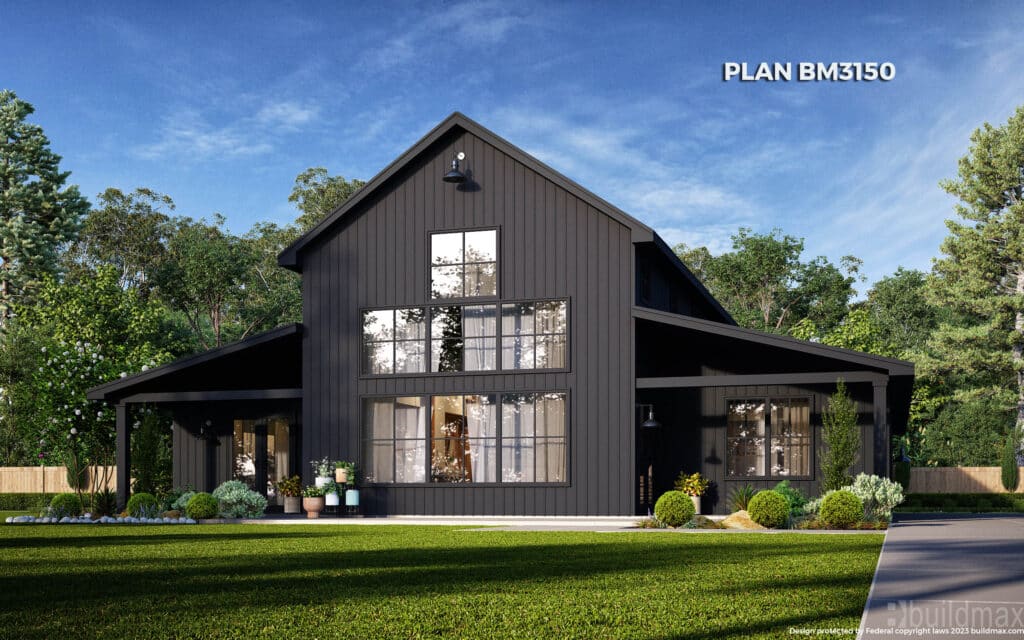Do Barndominiums Use HVAC Systems? Exploring Popular Options for Heating, Ventilation, and Air Conditioning
As barndominiums continue to gain popularity for their versatility, affordability, and quick construction times, questions about their livability and comfort, especially regarding heating, ventilation, and air conditioning (HVAC), become increasingly relevant. Given their unique design and construction, the HVAC needs of barndominiums can differ from traditional homes. This article dives into whether barndominiums use HVAC systems and explores the most popular HVAC options suitable for these distinctive living spaces.
The Need for HVAC in Barndominiums
Just like traditional homes, barndominiums require effective HVAC systems, Every home needs a way to regulate the temperature unless you plan on being very uncomfortable year-round. In order to ensure a comfortable living environment throughout the year you’re gonna need some heating and cooling options. The necessity for heating, cooling, and ventilation in a barndominium is influenced by various factors including climate, insulation, size, and the building’s design. Proper HVAC systems in barndominiums not only maintain comfortable temperatures but also improve air quality and humidity levels, contributing to the overall health and well-being of the occupants.
Popular HVAC Options for Barndominiums
When it comes to selecting an HVAC system for a barndominium, the choice often depends on efficiency, cost, and the specific needs of the space. Here are some of the most popular HVAC options for barndominiums:
1. Mini-Split Systems
Mini-split systems, also known as ductless systems, are a highly efficient and flexible option for barndominiums. These systems consist of an outdoor compressor/condenser unit and one or more indoor air-handling units, connected by a conduit. Mini-splits offer the advantage of zoned cooling and heating, allowing different areas of the barndominium to be heated or cooled independently. This feature makes them particularly suitable for barndominiums with open floor plans or for adding climate control to specific areas without affecting the whole space.
2. Traditional Central HVAC Systems
For larger barndominiums or those with multiple rooms requiring consistent heating and cooling throughout, traditional central HVAC systems might be the best fit. These systems use ductwork to distribute conditioned air throughout the building. While the installation of ductwork can be more invasive and costly, central HVAC systems are effective at maintaining uniform temperature and air quality in all areas of the home. As technology advances, many homeowners and builders are looking at alternative and more energy-efficient solutions such as mini-split systems, heat pumps, and geothermal HVAC systems. These alternatives can offer improved efficiency and lower operating costs but may have higher initial installation costs.
3. Heat Pumps
Heat pumps are an energy-efficient option for both heating and cooling a barndominium. They work by transferring heat from the outside air into the home during winter and reversing the process to cool the home during summer. Heat pumps are particularly popular in climates with milder winters, as their efficiency can decrease in extremely cold conditions. For areas with harsher winters, selecting a heat pump designed for cold weather performance is crucial.
4. Radiant Floor Heating
Radiant floor heating systems provide warmth by heating the floor, which then radiates heat upward into the living space. This method of heating is highly efficient and offers the comfort of evenly distributed warmth without the noise and drafts associated with forced air systems. Radiant heating is particularly popular in barndominiums with concrete floors, as it can transform a potentially cold surface into a warm and inviting one.
Radiant floor heating is like a gentle embrace for your feet, transforming the cold, unwelcoming floors of winter into soothing swathes of warmth. As you step out of bed on a frosty morning, the usual bracing shock from cold tiles is replaced by an inviting, gentle heat that seems to seep directly into your soul. This luxurious comfort is not just about physical warmth; it’s an experience that elevates your mood, coaxing a contented sigh as you move across the room.
Imagine the coziness of wrapping yourself in a warm blanket but for your feet. That’s the essence of radiant floor heating. Unlike traditional heating systems that blow hot air through vents, often creating uneven temperatures and drafts, radiant floor heating distributes heat evenly across the floor surface, rising gently to fill the room with warmth. The heat directly warms any object or person in the room, providing a more natural and efficient heating experience.
The magic of radiant floor heating lies in its ability to maintain an even temperature throughout the space, eliminating cold spots and creating a consistent level of comfort that traditional heating systems struggle to match. This method is not just about luxury; it’s also practical. The warmth stays closer to the floor, where it’s most needed, allowing you to feel warmer at a lower thermostat setting and potentially reducing your heating costs.
Moreover, radiant floor heating operates silently, without the hum and whistle of blowing air, further enhancing the serene, tranquil environment of your winter sanctuary. It’s an invisible source of comfort, hidden beneath your feet, leaving your walls and air space free from radiators, vents, and ductwork. This not only maximizes your living space but also complements your home’s aesthetics without compromise.
In essence, radiant floor heating in the wintertime is not just a heating solution; it’s an upgrade to your lifestyle. It offers a warmth that feels more natural, enveloping you from the ground up and transforming your home into a cozy refuge from the chill outside. The sensation of warmth on your toes and the comfort it spreads throughout your body is a small, yet fabulous luxury that makes facing the winter months a far more delightful prospect.
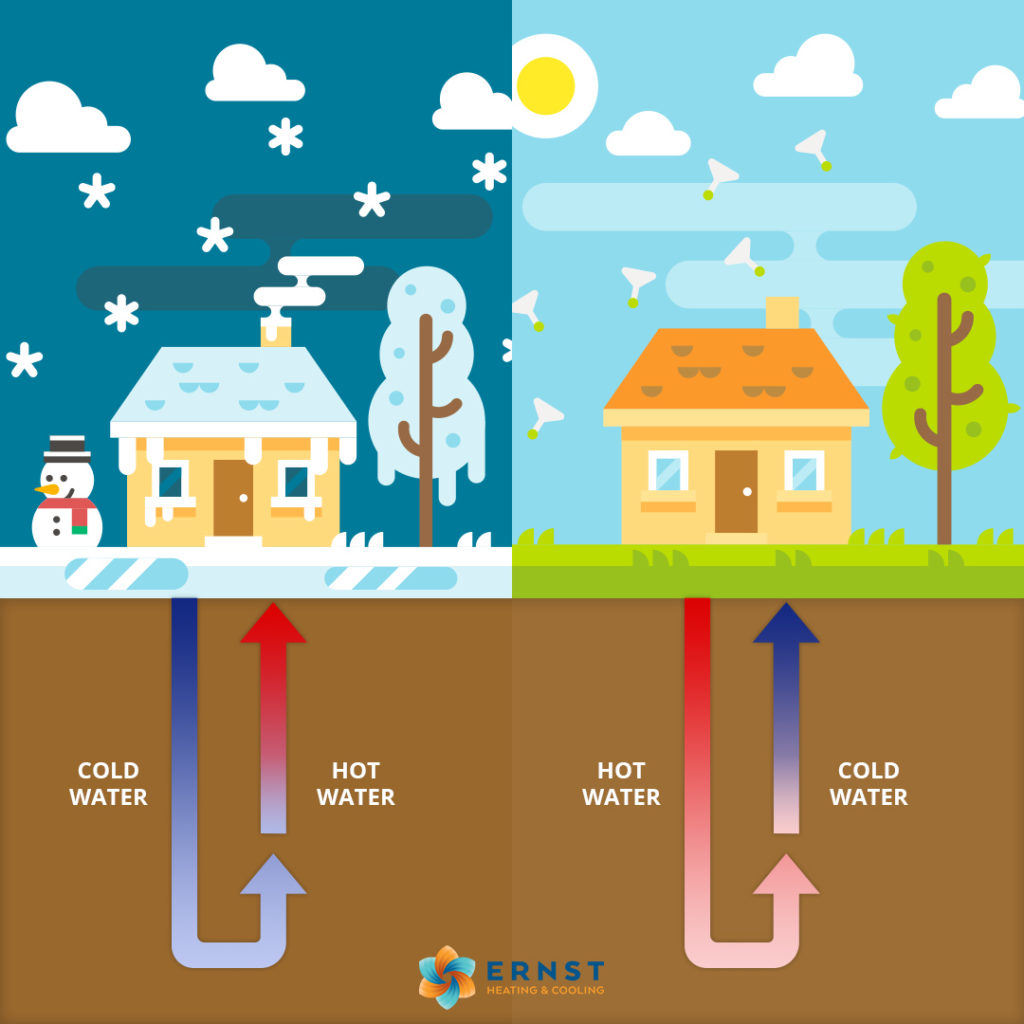
5. Geothermal HVAC Systems
Geothermal (or ground-source) heat pumps are the pinnacle of energy efficiency for HVAC systems. they are also around the most expensive systems you can buy but they work so well many people are all in on Geothermal. By utilizing the stable temperature of the earth a few feet below the surface, geothermal systems can heat and cool a barndominium with remarkable efficiency. Although the initial installation cost can be high due to the need to install underground piping, the long-term energy savings and environmental benefits make geothermal systems an appealing option for those willing to make the investment.
Geothermal HVAC systems, also known as ground-source heat pumps, represent one of the most energy-efficient, environmentally friendly, and cost-effective methods of heating and cooling buildings. These systems leverage the relatively constant temperature of the earth a few feet below the surface to provide heating, cooling, and hot water. Here are some significant advantages of geothermal HVAC systems:
1. Exceptional Energy Efficiency
Geothermal systems are incredibly efficient compared to traditional HVAC systems. They can achieve 400% to 500% efficiency on the coldest winter nights; in contrast, the most efficient gas furnaces operate at about 95% efficiency. This is because geothermal systems transfer heat to and from the ground rather than burning fossil fuels to generate it, requiring only a small amount of electricity to operate the system’s pump, fan, and compressor.
2. Reduced Operating Costs
The high efficiency of geothermal systems translates directly into lower operating costs for heating, cooling, and hot water. Although the initial installation cost can be higher than that of traditional systems, the reduced monthly energy bills can offset this over time, typically within 5 to 10 years. Moreover, many governments offer incentives and rebates for geothermal systems, further reducing the net installation cost.
3. Environmental Benefits
Geothermal HVAC systems are environmentally friendly. They reduce greenhouse gas emissions and dependence on fossil fuels, contributing significantly to the fight against climate change. Since the system uses the earth’s natural temperature to heat and cool your home, it has a much smaller carbon footprint than conventional systems.
Barndominiums, with their unique blend of efficiency, affordability, and style, indeed utilize HVAC systems to ensure the comfort and livability of their spaces. The choice of HVAC system depends on various factors, including the size of the barndominium, local climate, and budget. Whether opting for the flexibility of mini-split systems, the uniformity of traditional central HVAC, the efficiency of heat pumps, the comfort of radiant floor heating, or the eco-friendly option of geothermal systems, barndominium owners have a variety of options to suit their specific needs. Proper planning and consultation with HVAC professionals can help determine the best system for your barndominium, ensuring a comfortable and energy-efficient home for years to come.



